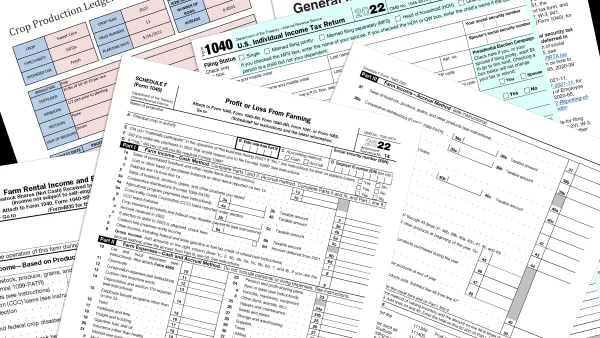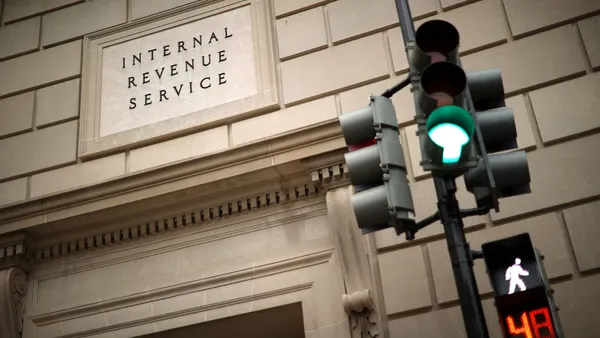Almost 20% of companies that to date have filed the newly required pay-versus-performance disclosure this year are reporting that the realizable compensation value of at least one of their principal executive officers is in the red, according to a Willis Towers Watson report.
The range of so-called “compensation actually paid” for top executives, which includes salary, bonus, stock, pension benefits and all awards, has varied widely, WTW found. At the top it has touched $1 billion while the low to date was negative $644 million, according to the report based on the 161 companies that had filed as of March 10. WTW declined to identify the companies.
The term CAP could be confusing to those not familiar with the rules or methodology, said Heather Marshall, senior director of WTW’s compensation practice. Indeed, some companies seem to be aware of that and are flagging the information and providing clarification in their filing, Marshall said in an interview. It should be viewed as a current best guess of realizable pay, she said.
"A decent way of thinking of it is as a paper loss," Steve Seelig, a senior director with WTW’s executive compensation group at WTW, said. "They’re still getting a salary, they still have W2 comp."
The negative CAP figures popping up in some PVP filings reflect some of the stock market’ volatility over the past year, WTW said.
Despite the potential confusion that CAP may spark for some initially, she said she believes that over multiple years the data will be a good tool to track pay.
“It’s important to remember that stock options will always reflect fair values as opposed to realized (value on exercise) or intrinsic (in the money value on a given date) values, as the SEC wanted to recognize that an option has value beyond the date on which it vests,” Marshall wrote in an email.
For the first time ever the annual public company proxies now rolling out contain new information on compensation along with more details of the components of executive pay. Regulators’ aim was to provide more transparency and make it easier for investors to measure the performance of the company against executive pay as well as their sector’s performance.
The Securities and Exchange Commission adopted the pay-versus-performance disclosure requirements in August, but they’ve been a long time coming. The commission first proposed the pay versus performance disclosure requirements in 2015 under then-Chair Mary Jo White, with a close 3-2 vote approving the proposal, but the rules were never finalized.













